Following an extensive styling refresh for the 2019 model year, the 2020 Honda HR-V remains essentially unchanged – except for the price. The new HR-V is now $350 to $500 dearer than the outgoing model, but it doesn’t receive additional equipment or a new set of features.
2020 Honda HR-V Pricing and Trim Levels
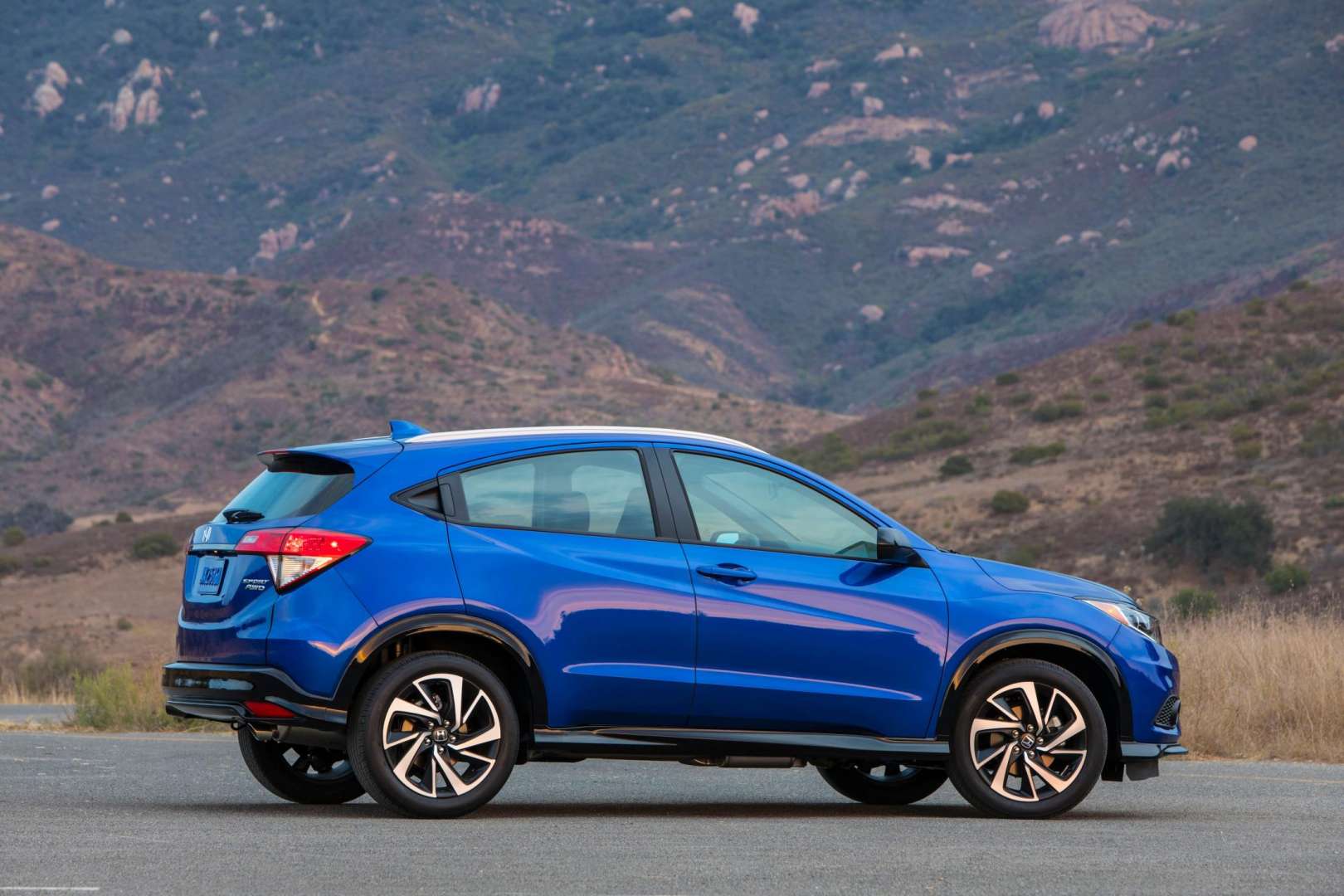
As usual, the 2020 Honda HR-V is available in five trim models. The base LX 2WD starts at $21,915 (including destination charges) while the LX AWD is now $23,415. Interestingly enough, the base LX is now $400 more while the LX AWD starts at $500 above the previous base price. Standard features include 17-inch alloy wheels, a 5-inch touchscreen display, Bluetooth, and a rear camera.
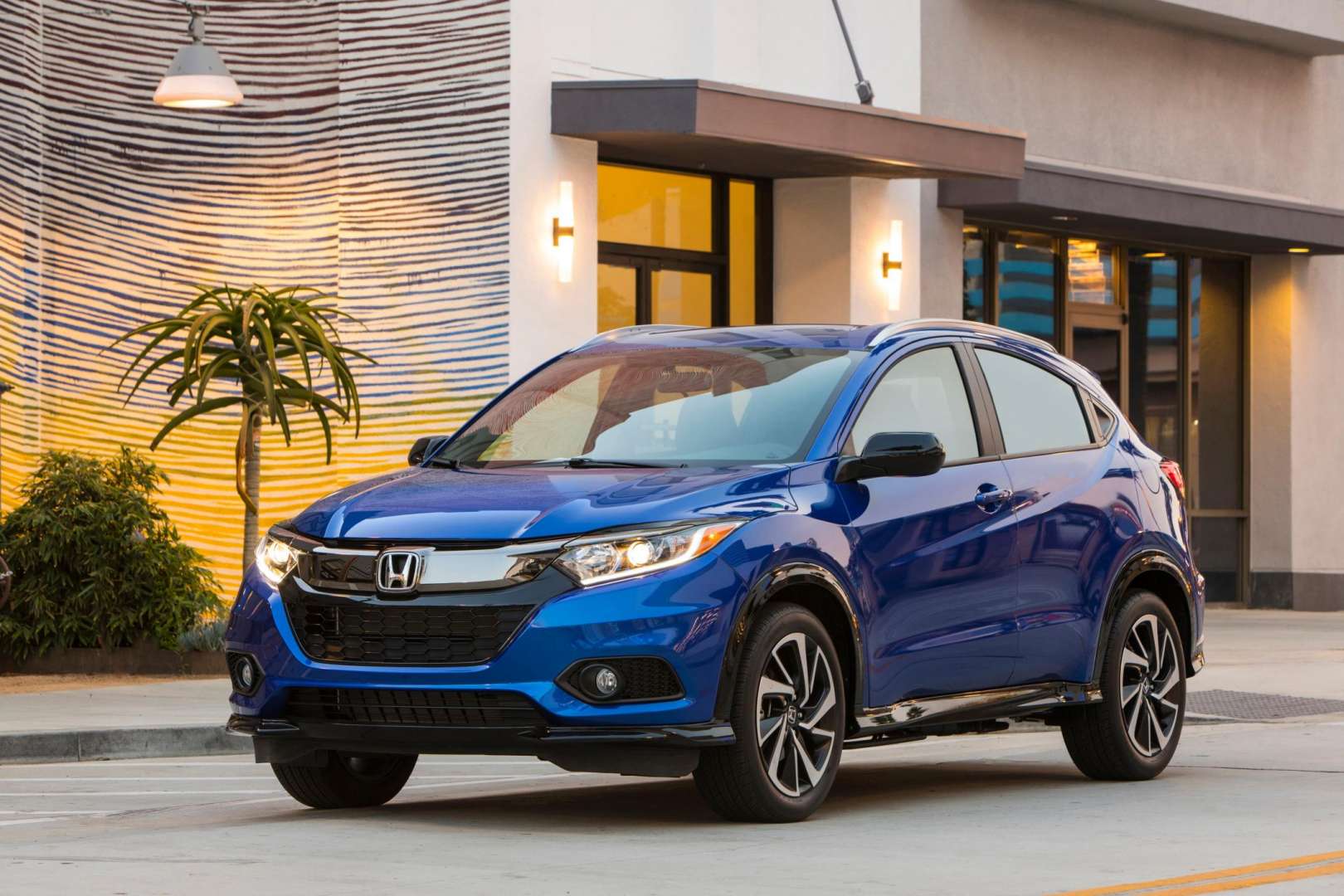
The HR-V Sport 2WD is now $23,615onwhile the Sport AWD starts at $25,115, which is also an increase of $400 and $500, respectively. This includes standard equipment including larger 18-inch wheels, a 7-inch infotainment touchscreen with six speakers, fog lights, roof rails, a leather-wrapped steering wheel, and Apple CarPlay/Android Auto integration.
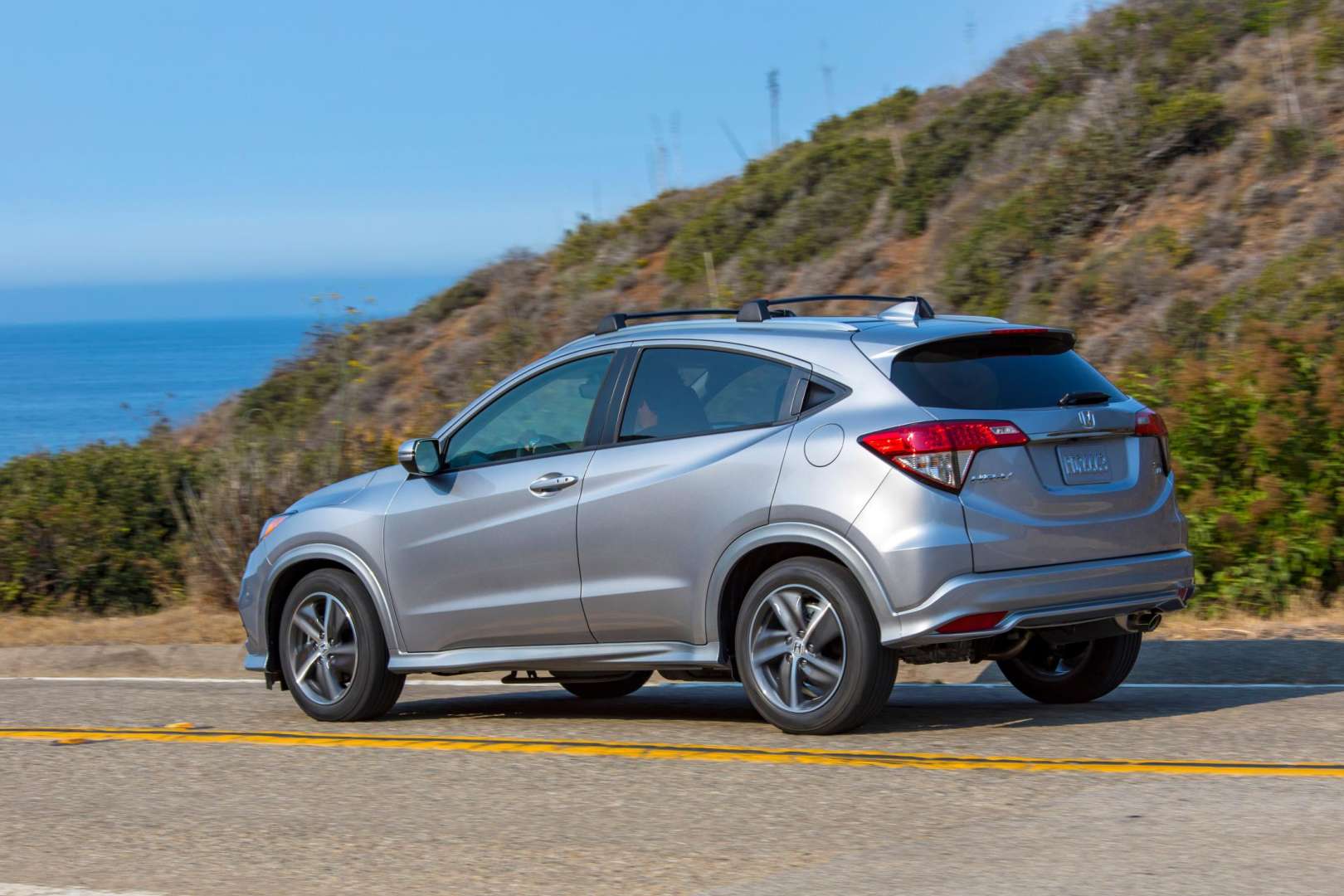
Moving upwards, the HR-V EX 2WD starts at $25,065 while the EX AWD is asking $26,565, symbolizing an increase of $300 and $400. The HR-V EX adds automatic headlights, a sunroof, automatic climate control, satellite and HD radio, and heated front seats.
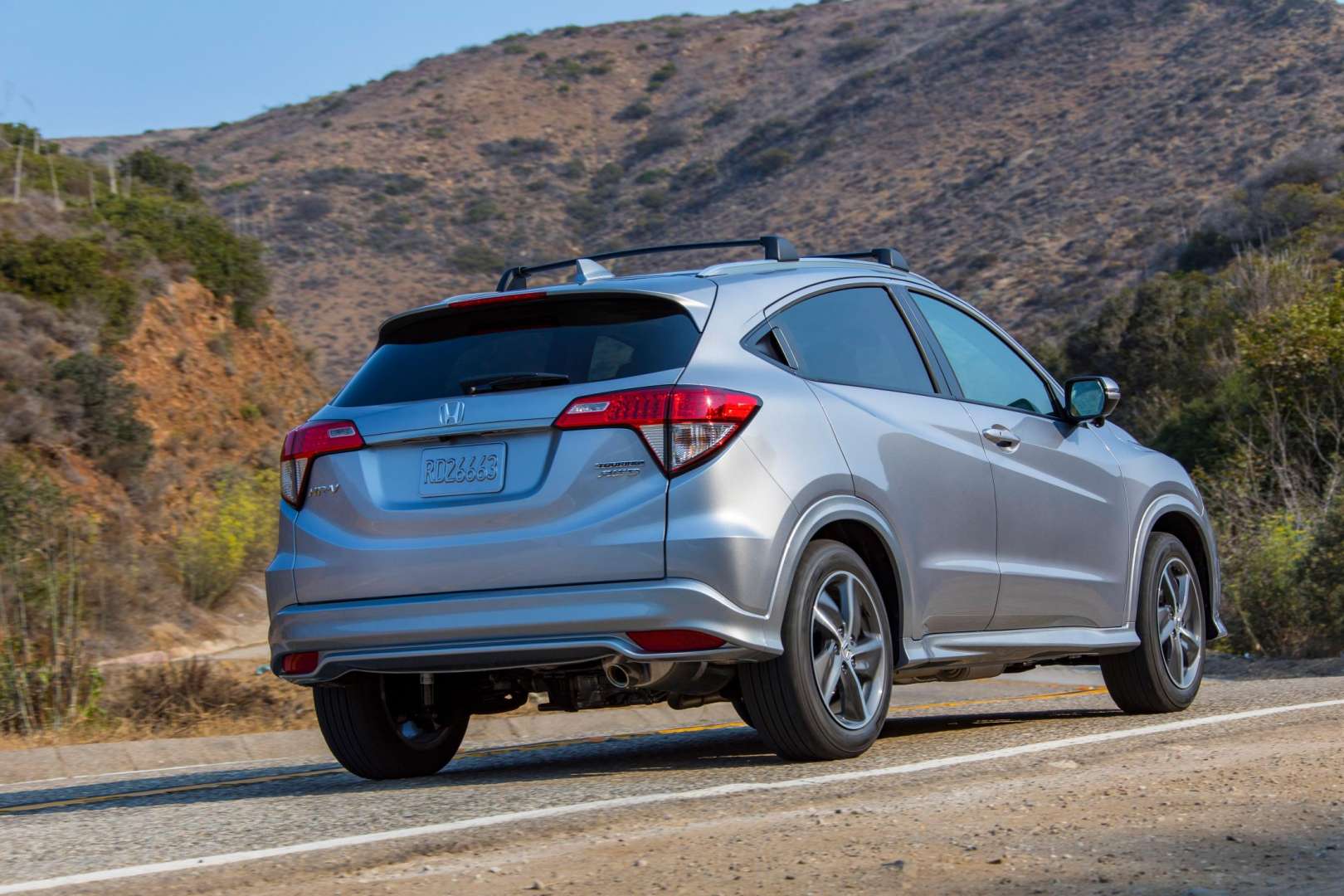
The new HR-V EX-L 2WD has a base price of $26,664 while the AWD model is now $28,165, which is $350 and $450 more than the previous model. The EX-L comes with leather upholstery and an auto-dimming rearview mirror. Finally, the range-topping HR-V Touring AWD adds LED headlights and fog lights, a power driver seat, and standard navigation with voice control for $29,985. This represents a $450 increase over the outgoing HR-V Touring.
Sadly, the engine remains untouched
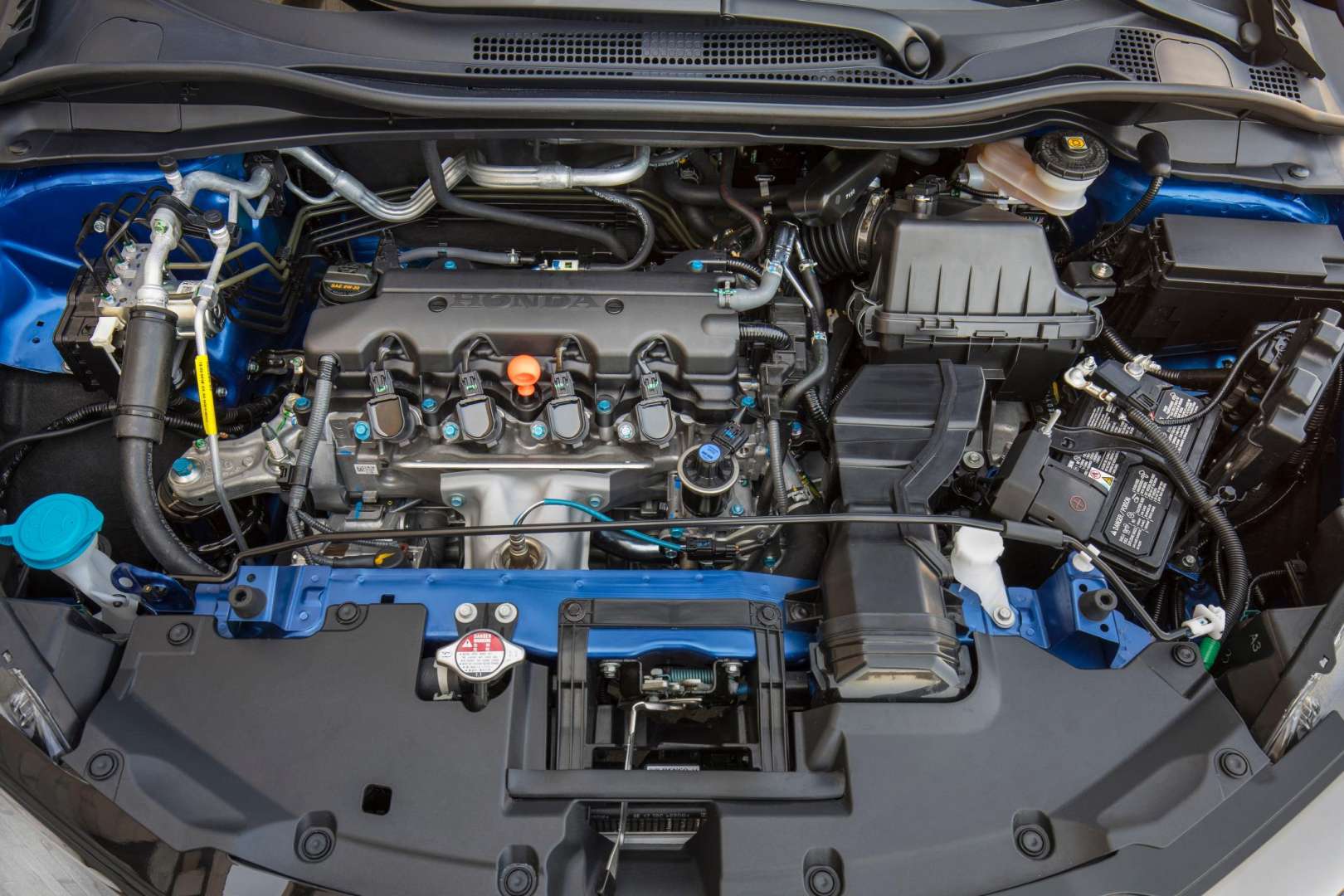
All variants of the 2020 Honda HR-V are motivated by a 1.8-liter four-cylinder i-VTEC motor producing 141-horsepower and 127 pound-feet of torque. The engine is bolted to a CVT transmission driving the front wheels in standard form.
Honda HR-V models equipped with AWD makes good use of Honda’s Real Time AWD system that automatically sends power to the rear wheels as the system detects slippage.
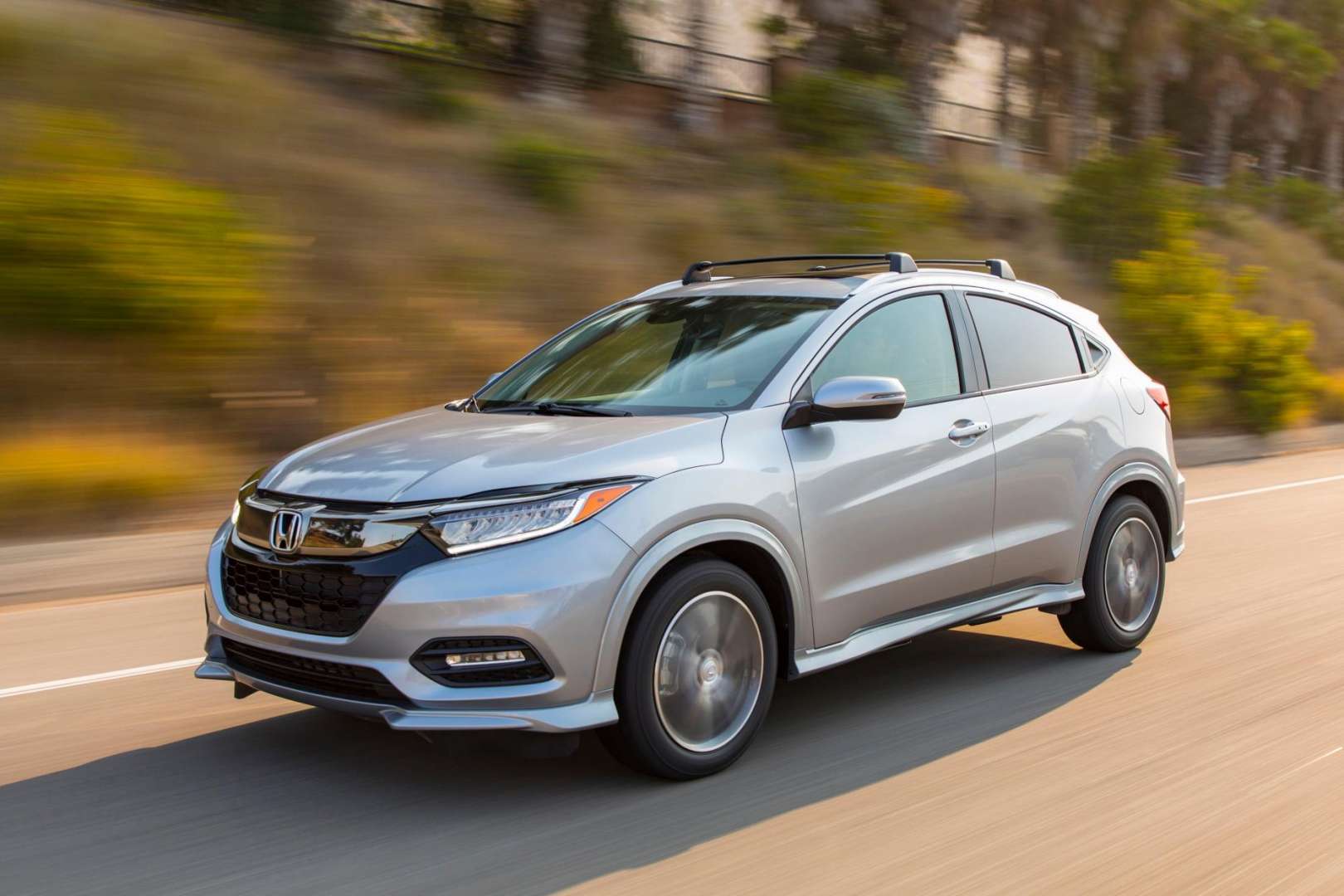
We’ll be lying if we told you the HR-V is a zippy car, but the CVT blunts the responsiveness of the fuel-efficient motor. The result is a lackluster acceleration from what is otherwise a sharp-handling vehicle, reaching 0 to 60 mph in 10.5-seconds.
But the Honda HR-V is all about practicality
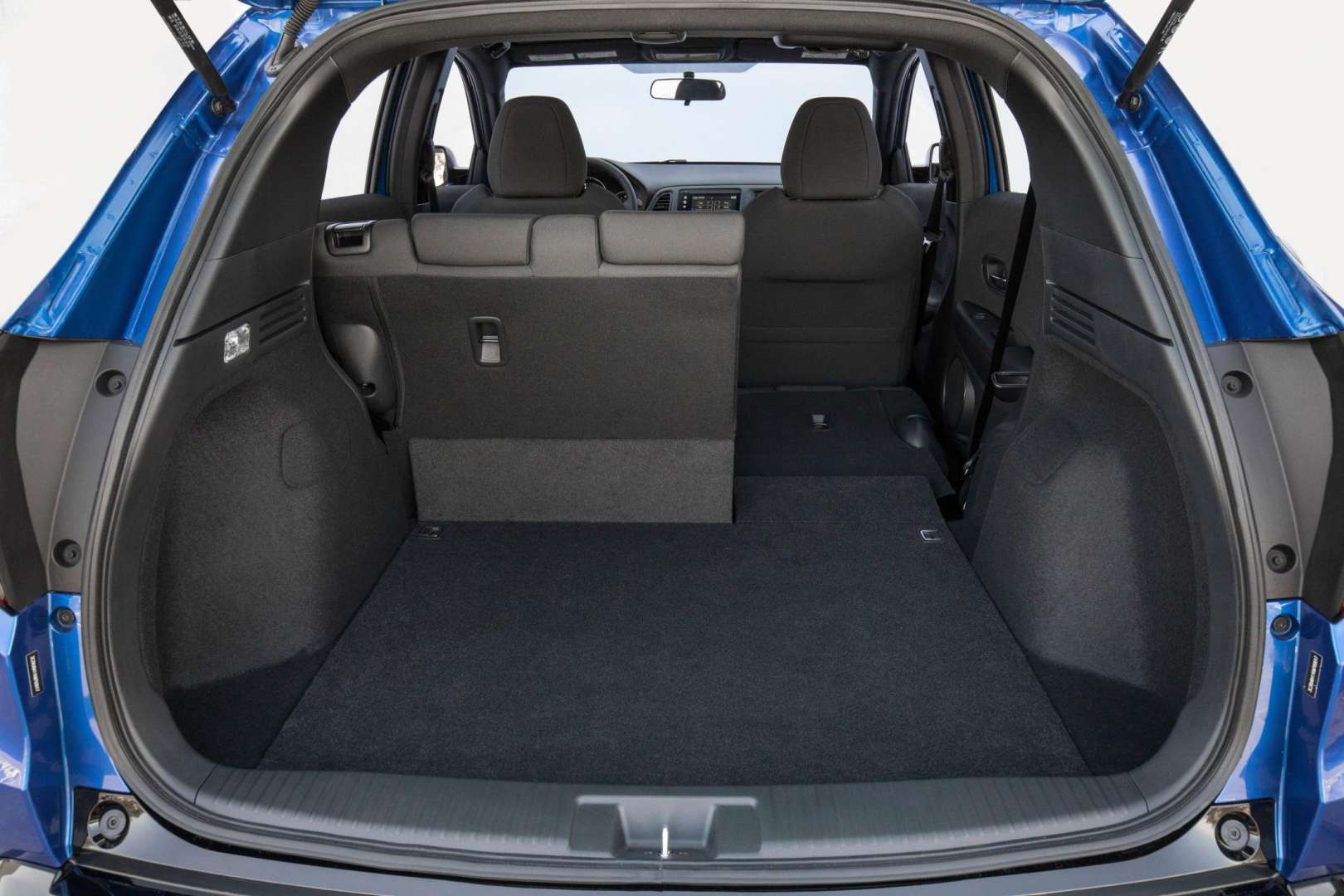
Granted sub-compact crossovers are not as practical as regular sedans (or larger SUVs) in terms of overall roominess, the Honda HR-V is surprisingly a class leader when it comes to cargo space.
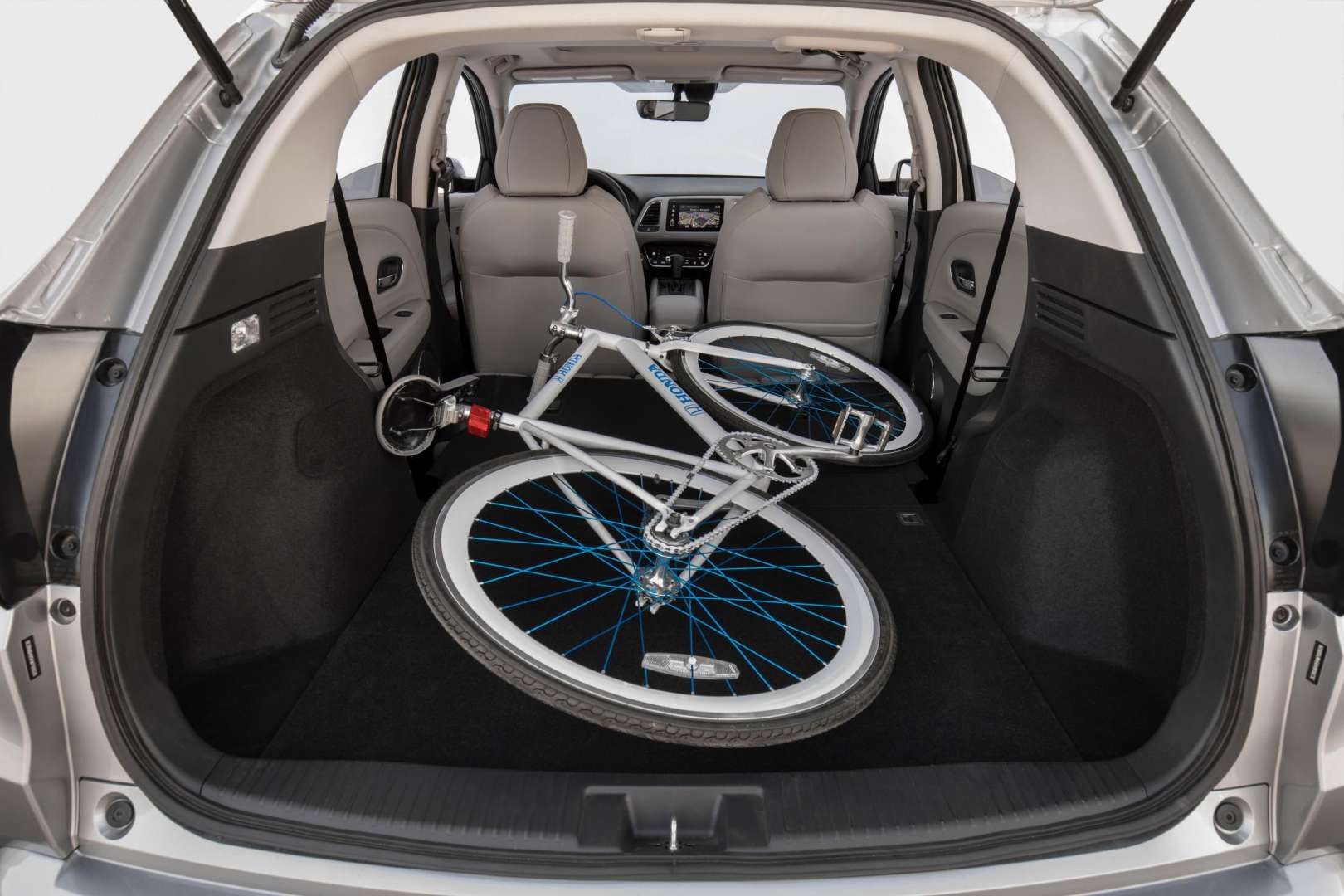
Typical of a Honda, the interior layout is oriented in providing more room for the front and rear occupants. If you need to carry larger and taller items, the second-row Magic Seat easily flips out of the way to deliver greater cargo room, transforming 23.2 cubic-feet into a marginal 55.9 cubic-feet of space.
And with wider opening doors, the HR-V provides easier ingress and egress along with enough wiggle room to install a child seat.
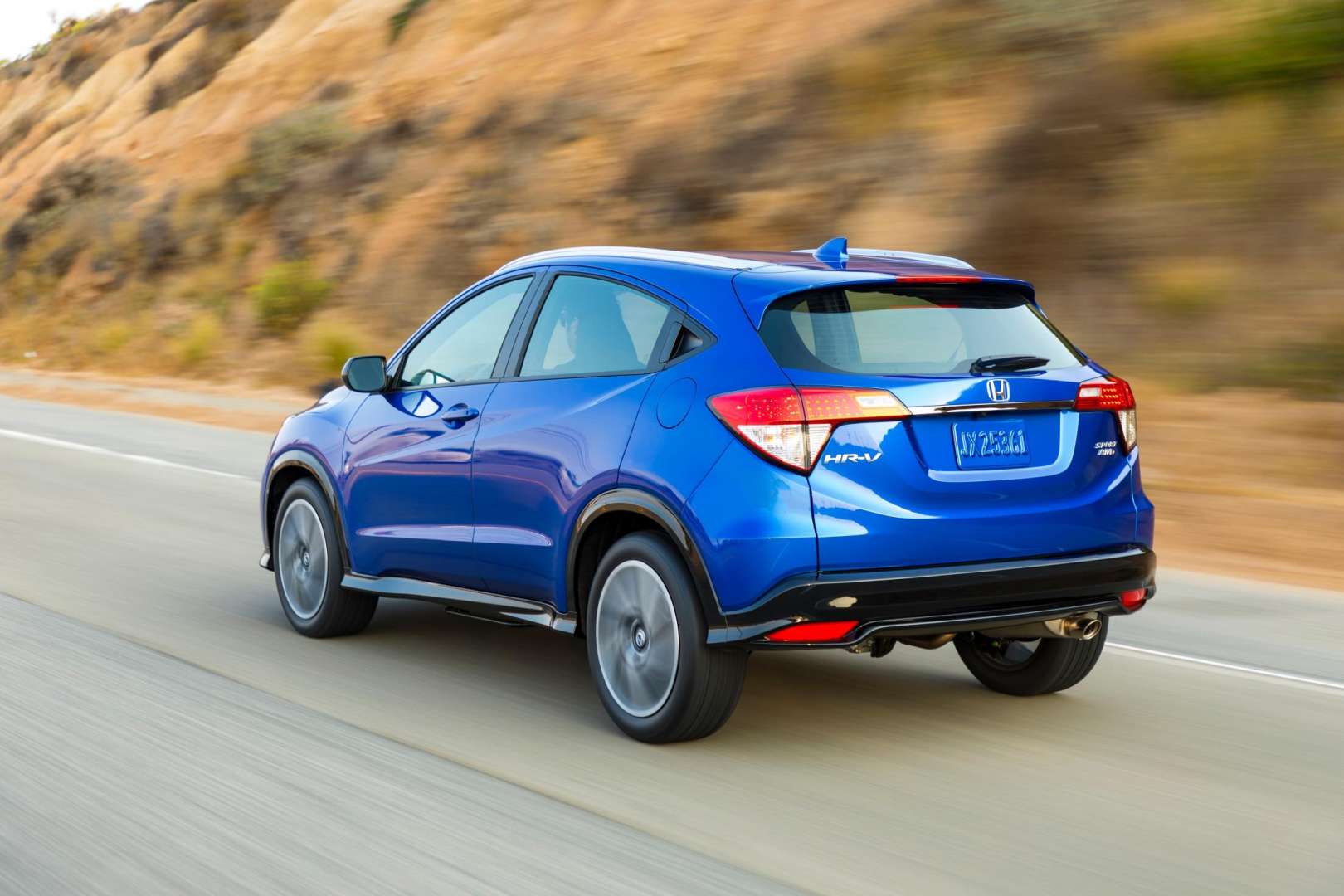
The 2020 Honda HR-V arrives at showrooms on November 18.



